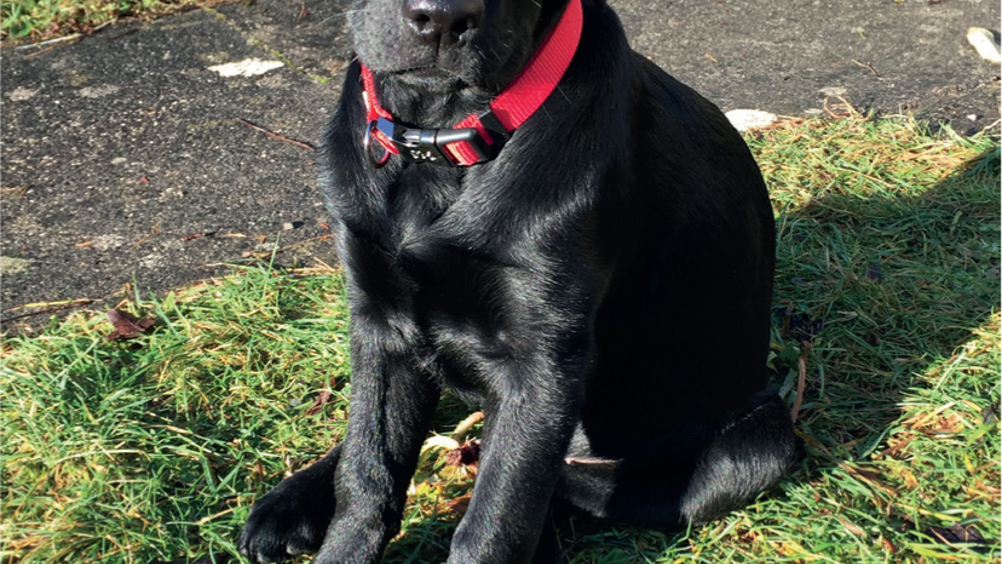One of the most common conversations veterinary nurses will have with new puppy owners is around neutering — whether to do so and what is the right age. Owners can often feel confused about the subject as conflicting veterinary advice is often given regarding the best age to neuter female dogs.
To help inform that discussion, colleagues and I who work on the Royal Veterinary College's (RVC) VetCompassTM programme embarked on a BSAVA Petsavers-backed study, to finally find solid evidence for this long-suspected link. To do so, we analysed the anonymised veterinary clinical records of 72 971 UK bitches born between 1st January 2010 and 31st March 2018. This was the largest cohort study on incontinence in bitches that has ever been carried out globally. Specifically, our study investigated ‘early-onset’ urinary incontinence, whereby the condition was diagnosed at <8 years.
Excitingly, our research was able to determine a relationship between urinary incontinence and neutering. Our findings showed that not only is there a 2.12 times increased risk of urinary incontinence in neutered bitches compared with entire bitches, but also that bitches neutered before 6 months of age are 1.82 times more likely to suffer from urinary incontinence than those neutered between 6 to 12 months. However, this increased risk is only present within 2 years after being neutered. We were able to discern that the average age of diagnosis for urinary incontinence in bitches was 2.9 years of age.
This knowledge is incredibly important for veterinary nurses to pass on as urinary incontinence can be distressing and costly for owners, as well as harmful for affected dogs. Dogs that cannot control their bladders run the increased risk of developing urinary infections, meanwhile urine-soaked skin can lead to painful skin sores, all deeply upsetting experiences for dogs. That being said, treatment for urinary incontinence in dogs is available, although with varying success rates reported.
Currently this condition affects 3% of bitches across the UK, and from our results we have deduced that certain breeds are more prone than others. These more susceptible breeds include Irish Setters, Dalmatians, Hungarian Vizslas, Dobermans and Weimaraners. I would therefore recommend that veterinary nurses are mindful of which breeds are most affected when advising owners on neutering and the age at neuter.
Interestingly, we were also able to identify a link between bodyweight and the risk of urinary incontinence. We found that bitches weighing over 30 kg were 2.62 times more likely to develop urinary incontinence compared with bitches that weighed under 10 kg. So, it is unsurprising that the larger dog breeds, such as the Irish setters and Dobermans previously mentioned, are among those more prone to developing leaky bladders.
The conversation about neutering has always been a tricky one for owner and veterinary nurse — neutering to control breed numbers and welfare, as well as eliminate the risk of potentially fatal uterine infection and reduce the risk of mammary cancer, is hugely important. However, owners should be made aware of the urinary incontinence risk associated with neutering, especially in breeds such as the Irish setter and Dalmatian. Early neutering in these and other high risk breeds should be carefully considered. Hopefully our study better clarifies the associated risks and will make it easier for veterinary nurses to help owners come to a more informed decision on a dog-by-dog basis.



